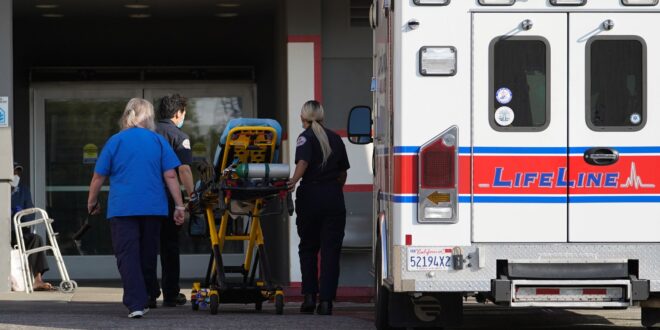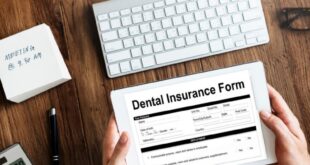Let’s start our journey by unraveling what non-emergency ambulance transport (NEAT) is. Unlike an emergency ambulance service, which is used in critical, life-threatening situations, NEAT is designed for patients who require medical supervision during transport but aren’t in immediate danger. These services can be a lifeline for patients who need to make regular hospital visits for treatment or check-ups, or those transitioning from hospital to home or to a long-term care facility.
The crucial aspect of non emergency ambulance transport is its provision of medical support during transit. This can range from basic monitoring of vital signs to more specialized care, such as oxygen therapy or intravenous medication administration. The transport vehicle is typically equipped similarly to an emergency ambulance, but the emphasis is on patient comfort for longer journeys. Staff, usually EMTs or paramedics, have specific training to handle a variety of non-emergency medical conditions.
Eligibility and Documentation Requirements
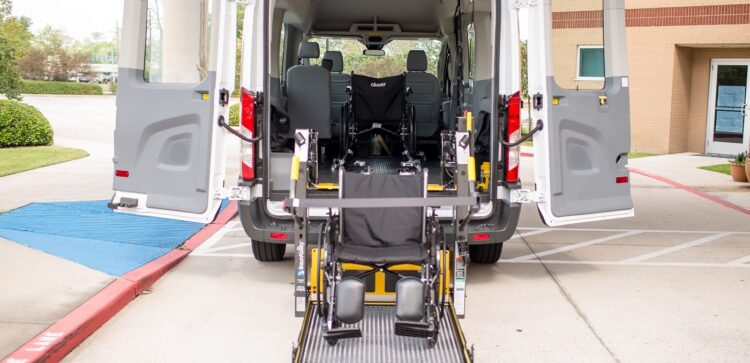
Determining eligibility for NEAT can be complex, as it often involves an intricate interplay of medical needs, insurance coverage, and regional regulations. Generally, to be eligible for non-emergency transport, a patient must have a medical condition that necessitates professional monitoring or assistance during transport. Simply finding travel uncomfortable or challenging does not automatically warrant these services.
Typically, a healthcare provider needs to provide documentation attesting to the patient’s medical necessity for NEAT. This might include details about the patient’s condition, the kind of medical supervision required during transport, and the likely consequences of not having that support. It’s important to keep in mind that different providers and insurers may have varying documentation requirements.
Insurance coverage is another critical factor to consider. Many private insurers provide coverage for NEAT, but only if it is deemed medically necessary and all paperwork is appropriately filed. It’s crucial for patients and caregivers to communicate clearly with both healthcare providers and insurance representatives to understand coverage and out-of-pocket costs.
Scheduling and Booking Non-Emergency Ambulance Services
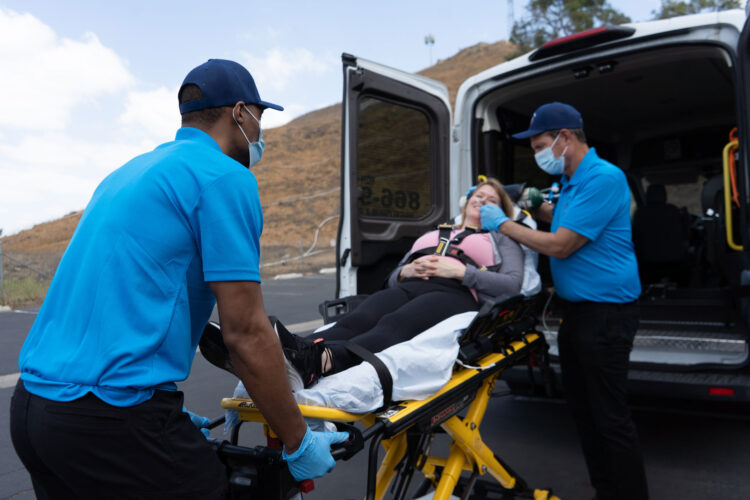
Once eligibility is determined and documentation is in place, the next step is scheduling the service. This process may vary depending on the specific service provider and the type of transport needed. Some providers offer online booking, while others may require a phone call.
It’s advisable to book the service well in advance of the required date, particularly if the patient has recurring medical appointments. This allows the transport provider to effectively plan their resources and ensure that the patient can be accommodated. However, it’s equally important to be aware of the provider’s cancellation policy, should there be any changes to the patient’s schedule or condition.
Booking the service is more than just locking in a date and time. It also entails sharing important information about the patient’s condition, needs during transport, and destination details. All this data will enable the service provider to plan the most efficient and comfortable trip for the patient.
Preparing for Non-Emergency Ambulance Transport
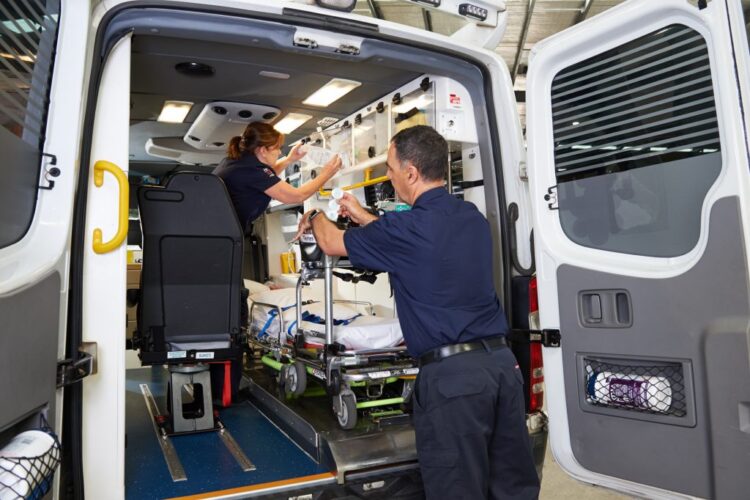
Preparation is paramount to ensure a smooth and comfortable journey. Start by creating a checklist of items the patient will need during the journey. This list might include medications, snacks, water, comfort items like pillows or blankets, and entertainment options for longer trips.
Medical information is also essential. Ensure that the patient has all necessary paperwork, including ID, insurance cards, and any medical documents requested by the transport service. It’s also beneficial to have a list of the patient’s medications, dosages, and schedules, as well as any allergies or specific medical instructions.
Preparation extends beyond physical items. It’s important to mentally prepare for the trip. If possible, walk the patient through what they can expect during the journey, discussing who will be with them, the steps that will be taken to ensure their comfort and safety, and what will happen upon arrival at their destination. This can help alleviate any anxiety they may be feeling.
Communication and Coordination with the Ambulance Provider
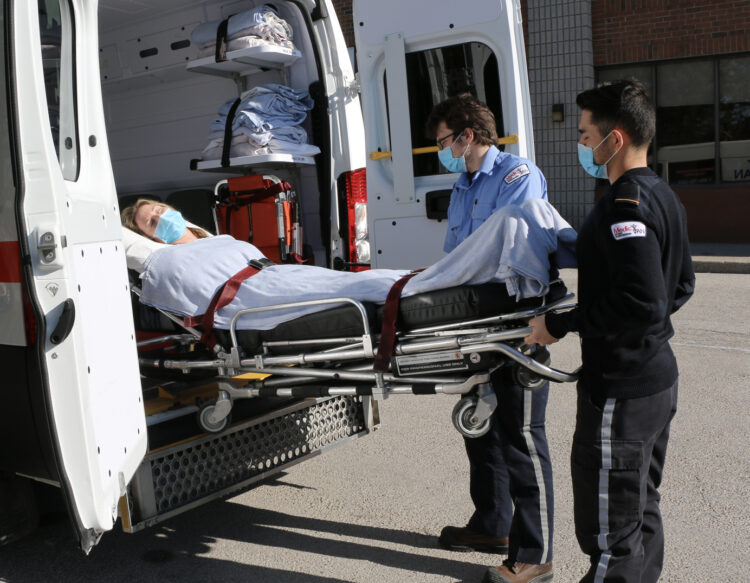
Effective communication with the transport provider is integral to a successful journey. Establish clear lines of communication, making sure you know who to contact for scheduling, billing, and during the transport itself. Always double-check contact numbers and email addresses to ensure they’re correct.
Make sure the provider fully understands the patient’s medical needs, mobility level, and any special requirements they may have. Coordination should also involve discussing the pick-up and drop-off locations and times, as well as any necessary equipment or personnel that should accompany the patient.
Finally, don’t be afraid to ask questions. The more you understand about the process, the more comfortable you and the patient will feel. Request clarification on anything you’re unsure about, from the expected duration of the journey to the qualifications of the medical personnel who will be attending to the patient.
Ensuring Comfort and Safety during Transport
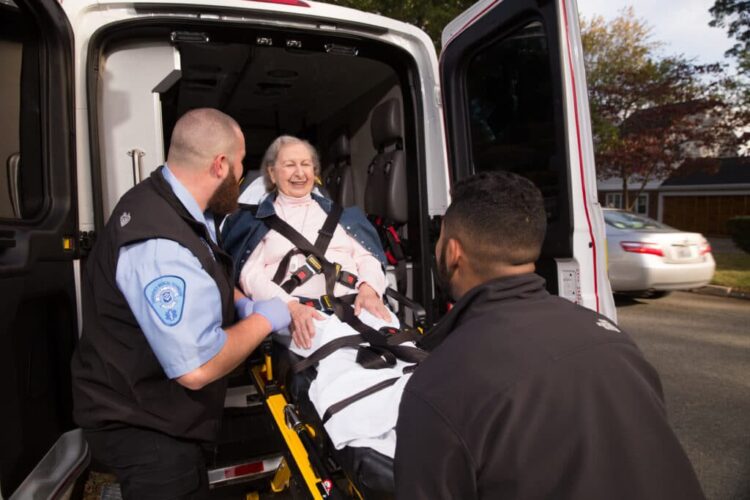
Comfort and safety are paramount during non-emergency transport. Discuss with the service provider how they plan to make the journey as comfortable as possible. This could include adjusting the temperature in the vehicle, providing extra cushions or blankets, or accommodating a preferred sitting or lying position.
Safety goes hand in hand with comfort. Ensure that the provider uses appropriate safety measures, like secure seating and proper use of medical equipment. If the patient has specific medical needs, such as oxygen or an IV line, ensure that the transport team is aware and capable of managing these requirements.
Keep in mind that emotional comfort is as important as physical comfort. If the patient is anxious or distressed, ask the transport team how they plan to help calm the patient or distract them during the journey. This can be especially important for longer trips or for patients with cognitive impairments.
Managing Medications and Medical Equipment
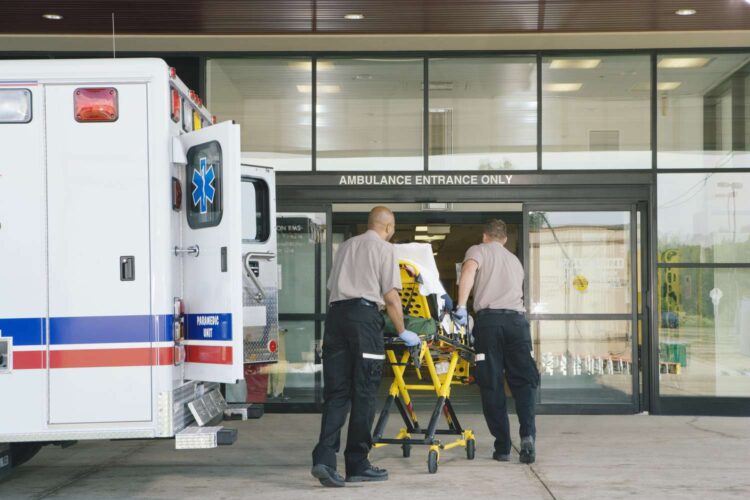
Understanding how to manage medications and medical equipment during transport is crucial. Make a detailed list of all the patient’s medications, noting when each should be administered. Share this information with the transport team to ensure that the patient’s medication schedule is adhered to during the journey.
Handling medical equipment requires careful coordination. Whether it’s a wheelchair, a walker, or more complex machinery like a ventilator, it’s crucial that the transport team is informed in advance so they can accommodate and operate the equipment if necessary.
Backup plans are also essential. For example, if the patient requires a battery-powered device, ensure that spare batteries or a power source are available. In the case of essential medications, carrying an extra supply can provide an additional safety net in the event of unforeseen delays.
In conclusion
Non-emergency ambulance transport is an invaluable service for many patients and their caregivers. By understanding the process, communicating effectively, preparing thoroughly, and focusing on safety and comfort, this service can offer more than just transportation – it can provide peace of mind.
 Hi Boox Popular Magazine 2024
Hi Boox Popular Magazine 2024
